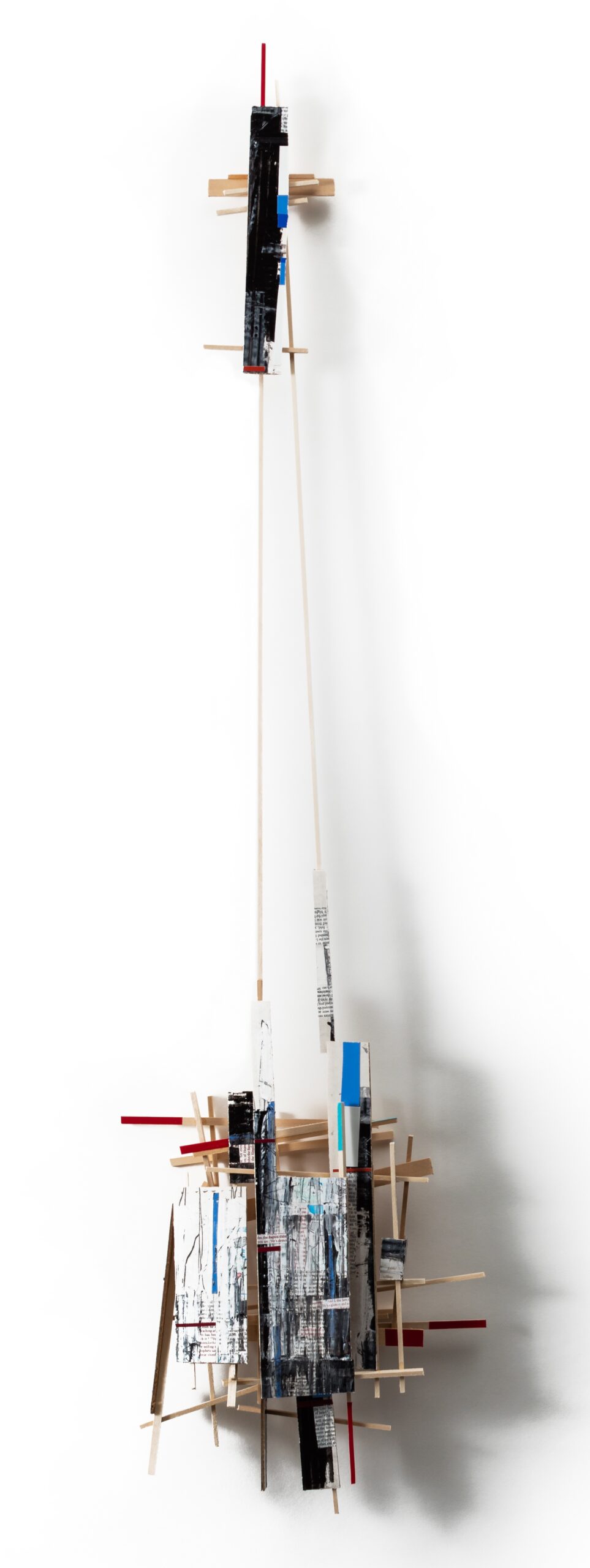
There is something compelling about witnessing a transformation. We all seem to take particular interest in seeing something old, broken, imperfect, substandard or un-useful become whole, refined, useful, and beautiful. I think we delight in seeing positive change because we all secretly long to transform some aspect of our own lives. Seeing a successful transformation gives us hope that our flaws and mistakes can somehow be redeemed. This is one reason for the success of the television show Extreme Makeover, which first aired more than 20 years ago. It chronicled ordinary individuals who were guided by a team of experts to undergo plastic surgery, exercise regimes, hairdressing and wardrobe transformations. At the end of the show the individuals were presented to their friends and family and their reactions captured. Interestingly, this show later gave rise to a “home addition” where people’s homes were transformed in a similar manor.
Curiously, the home addition became so popular that it spawned a complimentary show that revealed the behind-the-scenes difficulties and travails of each original episode. People are not only interested in seeing these transformations but understanding the way in which they occur. Something that became a fascination with many viewers was how certain individuals could see the potential in a particular situation — potential that remained hidden from most. This is the superpower of an artist, designer or maker. A gifted maker learns how to explore, decern and evaluate possibilities, then exploit opportunities to realize a preferred outcome — to call forth things that are not, as though they were. The piece shown here is one in a series of works that transformed a flawed, unsatisfying painting into a number of dynamic sculptural reliefs. This series was personally gratifying and reinforced the idea that no situation is hopeless, and with a bit of courage, insight and skill anything can be transformed.
